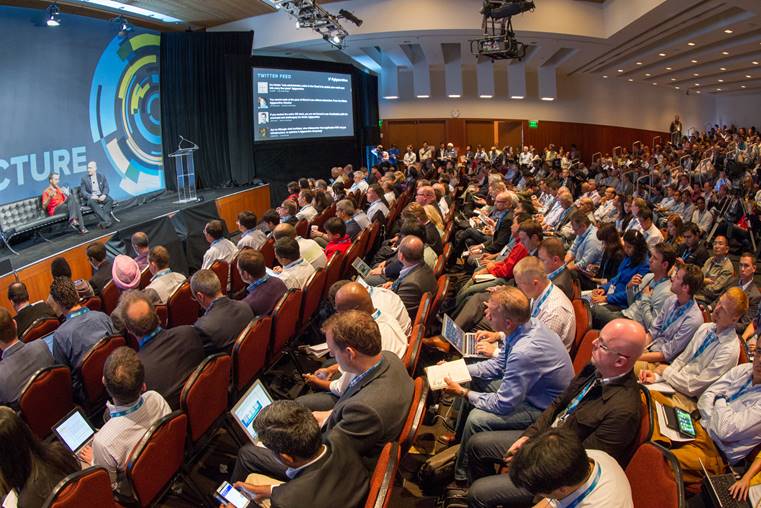 It’s really hard to understate the impact of open source projects on the enterprise software market these days; open source integration became the norm so quickly we could be forgiven for missing the turning point.
It’s really hard to understate the impact of open source projects on the enterprise software market these days; open source integration became the norm so quickly we could be forgiven for missing the turning point.
Hadoop, for example, changed more than just the world of data analysis. It gave rise to a new generation of data companies that created their own software around open source projects, tweaking and supporting that code as needed, much like how Red Hat embraced Linux in the 1990s and early 2000s. And this software is increasingly delivered over public clouds, rather than run on the buyer’s own servers, enabling an amazing degree of operational flexibility but raising all sorts of new questions about licensing, support, and pricing.
We’ve been following this closely over the years when putting together the lineup for our Structure Data conference, and Structure Data 2016 is no exception. The CEOs of three of the most important companies in big data operating around Hadoop — Hortonworks, Cloudera and MapR — will share the stage to discuss how they sell enterprise software and services around open source projects, generating cash while giving back to that community project at the same time.
There was a time when making money on enterprise software was easier. Once purchased by a customer, a mega-package of software from an enterprise vendor turned into its own cash register, generating something close to lifetime income from maintenance contracts and periodic upgrades to software that became harder and harder to displace as it became the heart of a customer’s business. Customers grumbled about lock-in, but they didn’t really have much of a choice if they wanted to make their workforce more productive.
That is no longer the case. While an awful lot of companies are still stuck running immense software packages critical to their infrastructure, new projects are being deployed on cloud servers using open source technologies. This makes it much easier to upgrade one’s capabilities without having to rip out a huge software package and reinstall something else, and it also allows companies to pay as they go, rather than paying for a bunch of features they’ll never use.
And there are a lot of customers who want to take advantage of open source projects without building and supporting a team of engineers to tweak one of those projects for their own unique needs. Those customers are willing to pay for software packages whose value is based on the delta between the open source projects and the proprietary features laid on top of that project.
This is especially true for infrastructure-related software. Sure, your customers could install their own tweaks to a project like Hadoop or Spark or Node.js, but there’s money to be made helping those customers out with a customizable package that lets them implement some of today’s vital open source technologies without having to do all of the heavy lifting themselves. Just look at Structure Data 2016 presenters such as Confluent (Kafka), Databricks (Spark), and the Cloudera-Hortonworks-MapR (Hadoop) trio.
There’s certainly something to be said for having a vendor to yell at when things go wrong. If your engineers botch the implementation of an open source project, you’ve only yourself to blame. But If you contract with a company that is willing to guarantee certain performance and uptime metrics inside of a service-level agreement, you’re willing to pay for support, guidance, and a chance to yell at somebody outside of your organization when inevitable problems crop up.
The evolving market for commercial software on top of open source projects is something we’ve been tracking at Structure Data for years, and we urge you to join us in San Francisco March 9 and 10 if this is a topic near and dear to your heart.
Tom Krazit is Executive Editor of Structure Events.


